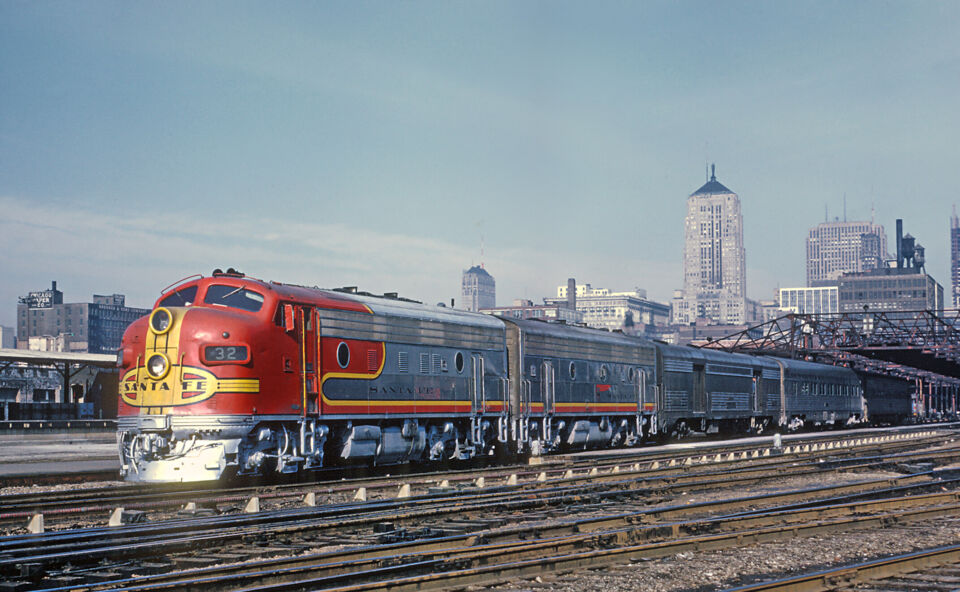#article
It's been underestimated. It's been involuntarily towed around. It's been crushed by many Mauses. It's been made a meme by the War Thunder community, but at the same time, it's a fan favorite. However, when has anyone actually played it competitively? In today's post, I'm going to explain to you how to actually play the venerable L3/33 CC, a Rank I Italian tank destroyer. I'll go over its performance, strengths and weaknesses, and give you some pointers on how to play it in Ground RB.
Video game burn-out is common, and it happens to the best of us. War Thunder, like any other game, can get repetitive, for noobs and experienced players alike. Dying to the same meta vehicles becomes stale, especially if you are just trying to grind to your favorite plane, tank, or ship. In today’s post, I’m going to go over 8 ways to keep you motivated and wanting to keep playing War Thunder.
The development of Japanese armoured vehicles began like many other industrial nations, inspired by the pioneering tanks of World War I. Domestic production started in the late 1920s, with Japan's tanks battle-tested during the Sino-Japanese conflict and the early Pacific campaigns of the 1930s. However, stagnation set in due to budget cuts and turmoil in tactics, leaving Japan's tank forces outdated by World War II. Development in the 1940s was largely defensive, and the tanks on the frontlines were from the 1930s, giving a false impression of Japan’s capabilities. After the war, Japan relied on U.S. equipment until regaining sovereignty, when development resumed. Since the 1950s, Japanese tanks have embraced NATO principles while incorporating unique innovations, focusing on advanced, defence-oriented designs to maintain a robust self-defence force.
Boom and Zoom, also commonly referred to as Boom and Run, is a term used to describe an aviation tactic that can be used in War Thunder. Its primary focus is coming from a point of advantage, attacking the enemy, and then extending away. In today’s post, I’m going to teach you how to BnZ, when to use it, and what planes are best suited for it.
The Saab 39 Gripen, often called the JAS 39 Gripen, is a highly capable multirole fighter aircraft renowned for its exceptional maneuverability, advanced avionics, and cost-efficient operation. Since its first flight in 1988 and subsequent introduction into service in 1996, Gripen has become the cornerstone of the Swedish Air Force and has since been adopted by several other nations around the world.
Today I’m going to tell you a little more about trains, but not the Br 52 this time. Today it’s about the EMD F series. The EMD F is an American diesel-electric locomotive from General Motors Electro-Motive Division. It was designed as a heavy freight locomotive, but it was also used for passenger trains. A total of 1,807 units were built between 1945 and 1949: 1,111 of type A and 696 of the cabless units of type B.














